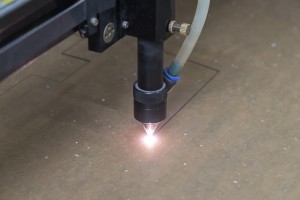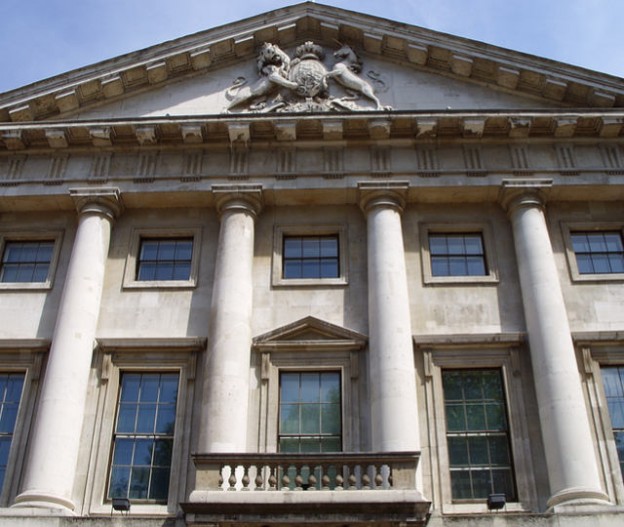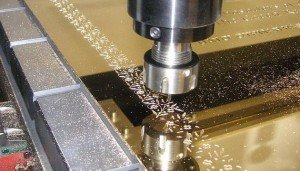 For as long as humans have been using tools, there is evidence of engraving whether as a method of recording and communication or simply for decoration. In the 1890s, Eugene Dubois made an astonishing discovery on the banks of the Solo River, Java, Indonesia, excavating a site which was littered with the bones of early humans, animal remains and shells. The bones belonged to our ancestor, homo erectus, and were dated to between 700,000 and 1 million years ago. Dubois also collected a number of the shells which carved the way for a more recent, surprising discovery.
For as long as humans have been using tools, there is evidence of engraving whether as a method of recording and communication or simply for decoration. In the 1890s, Eugene Dubois made an astonishing discovery on the banks of the Solo River, Java, Indonesia, excavating a site which was littered with the bones of early humans, animal remains and shells. The bones belonged to our ancestor, homo erectus, and were dated to between 700,000 and 1 million years ago. Dubois also collected a number of the shells which carved the way for a more recent, surprising discovery.
Continue reading
Tag Archives: design
How Engraving Works

Laser Engraving Machine in action
Everybody enjoys engraved products. Most of the printing we see on promotional products is done through laser beams. This is what is commonly referred to as laser engraving. Lasers aren’t applied in the printing industry only. Almost every aspect of our daily lives utilises lasers in one way or another. From the manufacturing sector to the retail and even the medical industries, lasers are all over planet earth.
Continue reading
Royal Mint’s Bad Penny Blues
Royal Mint production errors mar launch of Britain’s most secure coin

Britain’s most secure coin and, as we have learned this week – a Pound coin that has had major design flaws. Image by Linda Bestwick (via Shutterstock).
In two days time, we shall be seeing the end of the old five pound note in favour of the waxy vegan-unfriendly ones. Apart from the slight controversy, the launch of our new fivers has been pretty smooth. Compare and contrast this with the implementation of the new pound coins by the Royal Mint. Lovely to look and similar to the pre-decimalisation threepenny bit, it is good to handle. Unless you have a warped coin, or one that has seen the inner part fall out.

A Look at the New Pound Coin
How the intricate engraving of the new pound coin will deter forgers
The last six months have been an interesting one for collectors of banknotes and coinage. In the last two months, we have been getting to grips with the new plastic fivers. Next year will see the arrival of a new, smaller £10 note. About to make its way in March 2017 will be the new pound coin. Since the arrival of the original ones in 1983, they have been the most forged coins in Britain. Telltale signs of which include the weight of the coin, materials, and its text around the sides.
The History of Engraving
Engraving: A brief History

For mankind, the practice of engraving has been an essential part of human communication since at the Palaeolithic era. The earliest form of human engravings dates back to 60,000 BP where the emerging civilizations engraved etchings on the walls of caves and bone or ivory fragments. Larger Petroglyphs engraved on ancient rocks still remain to this date.
More advanced engraving developed over time and by the reign of the Egyptian and Greek empires engraving as a form of documentation and communication had developed. Again, to this date documentation from ancient Egyptians remain in museums around the world, leaving an engraved insight into an ancient world.
In addition to being a form of communication and documentation, engraving was used to reproduce printed artwork, documentation and in printing. Engraving has been used to create printing templates out of metal to reproduce newspapers, books, currency and art. To this day, engravings are used to produce unique moulds to create intricate currency the world over.
To find out how we can help your company, contact Able Engraving today!
Materials
We can produce signs with the following materials:
- Brass
- Bronze
- 3 ply Laminate (Traffolyte)
- Stainless Steel
- Aluminium
- Stainless Steel
- Perspex and other acrylics
Techniques
Hand Engraving
Traditional hand etching is an excellent way to add the personal touch to a very special. . . Read More
Machine Engraving
Modern machine techniques can reproduce intricate designs and styles accurately and quickly. . . Read More
